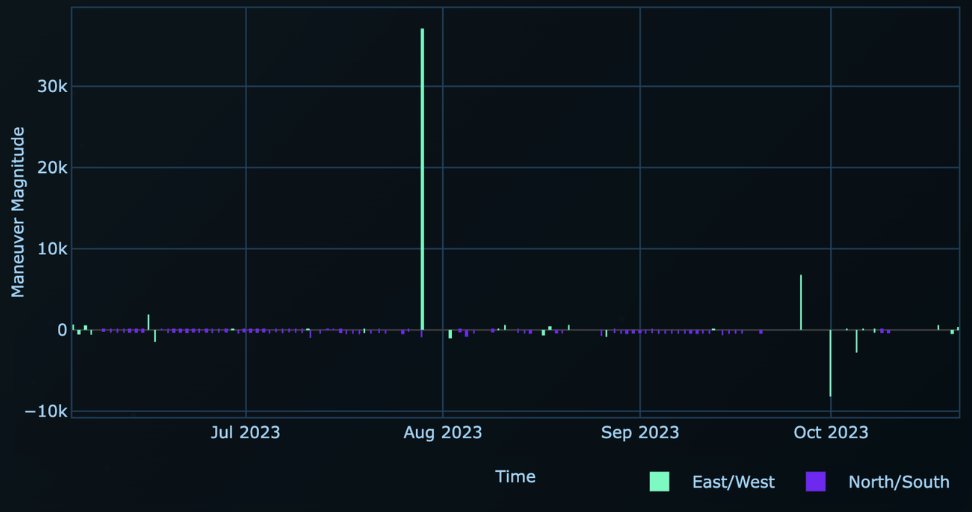Nagorno-Karabakh: "Neither side has a clear military advantage in the border zone. Military positions and front-line trenches are so close in places that residents can shout to soldiers on the other side." crisisgroup.org/europe-central…
"Settlements in proximity to the trenches render civilians on both sides equally vulnerable. While the prospect of civilian casualties may discourage the sides from using heavy weaponry, it also means that any escalation risks taking a fearsome human toll" crisisgroup.org/europe-central…
"A boast by Azerbaijan’s military amid heightened tensions on 16 July that its new missile system had ample range to reach a Soviet-era nuclear power plant near Yerevan highlighted both the strategic importance of critical infrastructure" crisisgroup.org/europe-central…
"Despite the changes, security in the border villages is largely a question of topography. In some villages, Azerbaijani forces are dug into strong defensive positions. In others, the Armenian military holds the higher ground." crisisgroup.org/europe-central…
• • •
Missing some Tweet in this thread? You can try to
force a refresh











